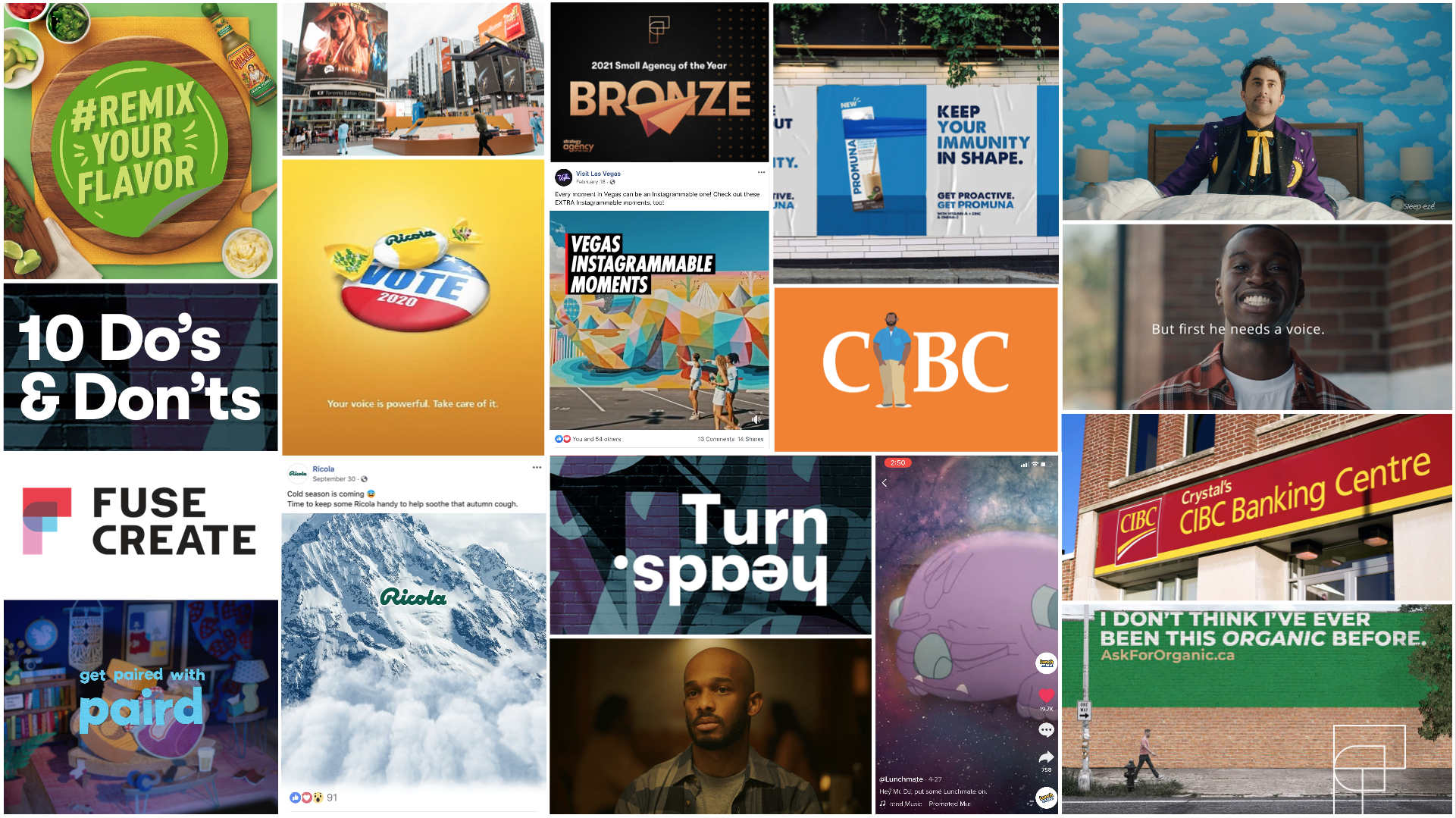
Subjectivity and its Subjugation of Creative Decision-Making
During the creative process, decisions have to be made about scripts, casting, music, wardrobe, colour, that all contribute the efficacy of the creative. Objectivity must be used when making decisions about creative, otherwise, the only audience the work will connect with, is you.

Advertising is a funny discipline. It’s inherently creative – that goes without saying – but it is after all, a discipline. There’s a particular learned skill to it all. Methodologies, standards, strategies, and data that behind the scenes, is driving the creativity and ultimately, making it effective at eliciting a behaviour from its intended audience.
During the creative process, decisions have to be made about scripts, casting, music, wardrobe, colour, that all contribute the efficacy of the creative. And those decisions ought to be made based on those very methodologies, standards, strategies, and data that drive the creative product; audience attributes, channel best-practices, the competitive landscape, brand equity, trends, etc. They are strategic decisions, not ‘creative’ ones. Objective reasoning, not subjective preferences – and there-in lies the problem.
When it comes to advertising, all too often, subjectivity can slither its way into creative decision-making. Personal opinions that blur strategic recommendations. Personal preferences that suffocate and subjugate the work, and its potential. And hey, it’s hard to separate the two, I get it, but in advertising, personal opinion doesn’t actually matter. Whether you prefer jazz music, corduroy pants, the colour yellow, or Dom Casual (*shudder), that doesn’t matter. It only matters if it matters to your audience. Or to the channel your creative is running on. Or to your brand if it’s going to help it break through category conventions – you get the point.
Objectivity must be used when making decisions about creative otherwise, the only audience the work will connect with, is you. So, to help keep subjectivity out of the conversation, try these five simple steps – the work will thank you for you it!
1. Start with the brief.
The brief is the foundation of any project, and forms the foundation of objectivity. It’s a document that is inputted on and agreed upon by both agency and client, and rooted in fact, research, and strategic context. And most conveniently, it provides audience psychographics, category and competitor insights, media habits, and consumer behaviour traits – data that directly informs and influences creative recommendations. Before you begin any creative pitch, presentation, or disputatious position, always start with the brief, it’s the anchor of objectivity.
2. Provide rationale with every creative recommendation.
Always, always, always provide strategic rationale with any creative recommendation (like we did with our idea for the Blue Jays home opener “footlong” idea when it came to our client Schneiders). Whether you’re writing it or presenting it, make sure you provide the reasoning behind your idea, execution, or insight. Reasoning might come in the form of restating the brief or strategy, providing empirical or anecdotal evidence, referencing audience habits and preferences, or simply bringing it back to brand truths. With each piece of rationale, you build a stronger objective case behind the work. It’s much easier to defend the work, and defend against subjectivity, when recommendations objectively meet the brief, the target, and the ask.
3. Always present creative.
When you present creative, especially the first round of thinking, it affords the opportunity to set-up the work – to pitch it. You can prepare the narrative, slides, builds, the story arc, and ultimately the reveal the way you want it seen and heard. This way, you leave little room for subjectivity, and little room for your audience to form their own opinion. Plus, you get the chance to answer any questions, fill any holes that might get poked, and provide reassurances that support your recommendations. When you don’t present the work in person (e.g. send creative over email), opinions are formed in isolation, often based unintentionally on personal biases. If you must send the work through, at the very least, include a written rationale or better yet, send along a recording of the rationale behind the work – let them hear it straight from the horse’s mouth!
4. Educate your audience.
Abstract thoughts often need elucidation (did someone say hotel ON a golf course? 😂). So, when it comes to your clients, consider walking them through the process to get to great creative; knowing where and when objectivity plays a role, to better understand the strategic nature of creative recommendations. Host a Lunch n’ Learn that features award-winning work and take your audience through a detailed account of the creative decisions behind it. And for your own client presentations, try providing a ‘check list’ at the beginning of the work section to identify what to look for when it comes to assessing the work. These efforts will help keep subjectivity at bay and ensure your audience is reviewing work with an objective eye (and not an AI-powered one).
View this post on Instagram
5. Include a “Why it works” Slide.
When presenting creative (like we did with our print idea for Soles4Souls), at the end of each territory, concept, or idea, include a “Why it works” slide. Provide a few sound, strategically backed points, bullet by bullet, that help reinforce the strength and validity of the territory, concept, or idea. By the end of the list (which should be fewer than six but more than three), you want your audience saying, “Can’t argue with that!” – objectivity gets you to that statement because you’re not debating personal preferences or tastes (save that for which restaurant to celebrate at after you sell in the work.)
NOTE: If you started with the brief, provided rationale, presented in person, educated your audience, and filled in the “Why it works” slide, and personal opinion STILL trumps your strategic recommendations (i.e. they just love corduroy pants even if the target doesn’t), ultimately, the client has final say – but that doesn’t stop you from caveating the results of the work. It’s a principled yet bold move, but hey, so too is wagering your million-dollar campaign on your love of corduroy.

Plato said opinion is the lowest form of human knowledge, “it requires no accountability, no understanding, no skill” – and he has a point there when it comes to subjectivity’s lack of materiality. And that’s the very reason why subjectivity can subjugate creative decision making; bias and emotion smother the skill and understanding inherent in the calculated choices we make as advertisers. So, to get to the best work, work that truly resonates, connects, breaks through, and accomplishes the brief’s objective, we have to stay objective, objectively speaking of course 😉



